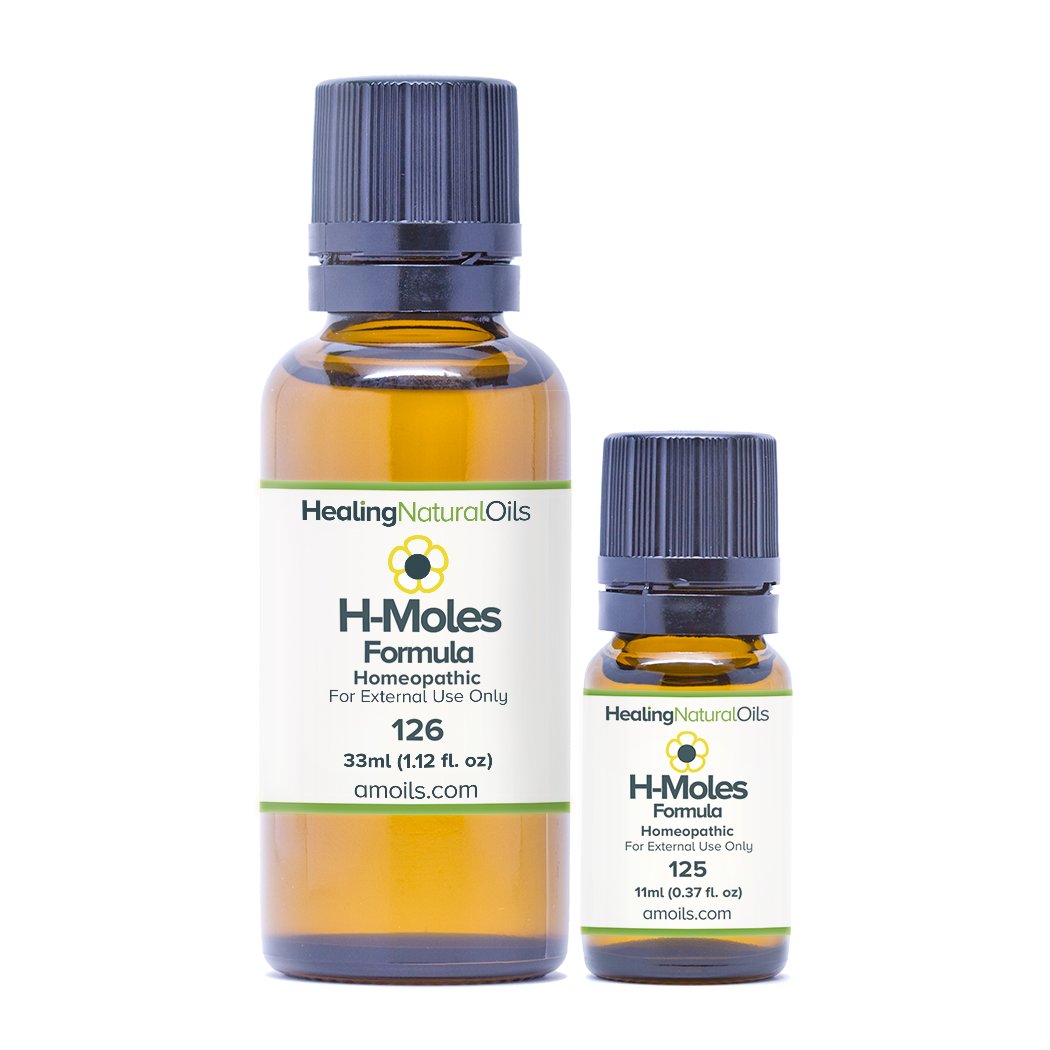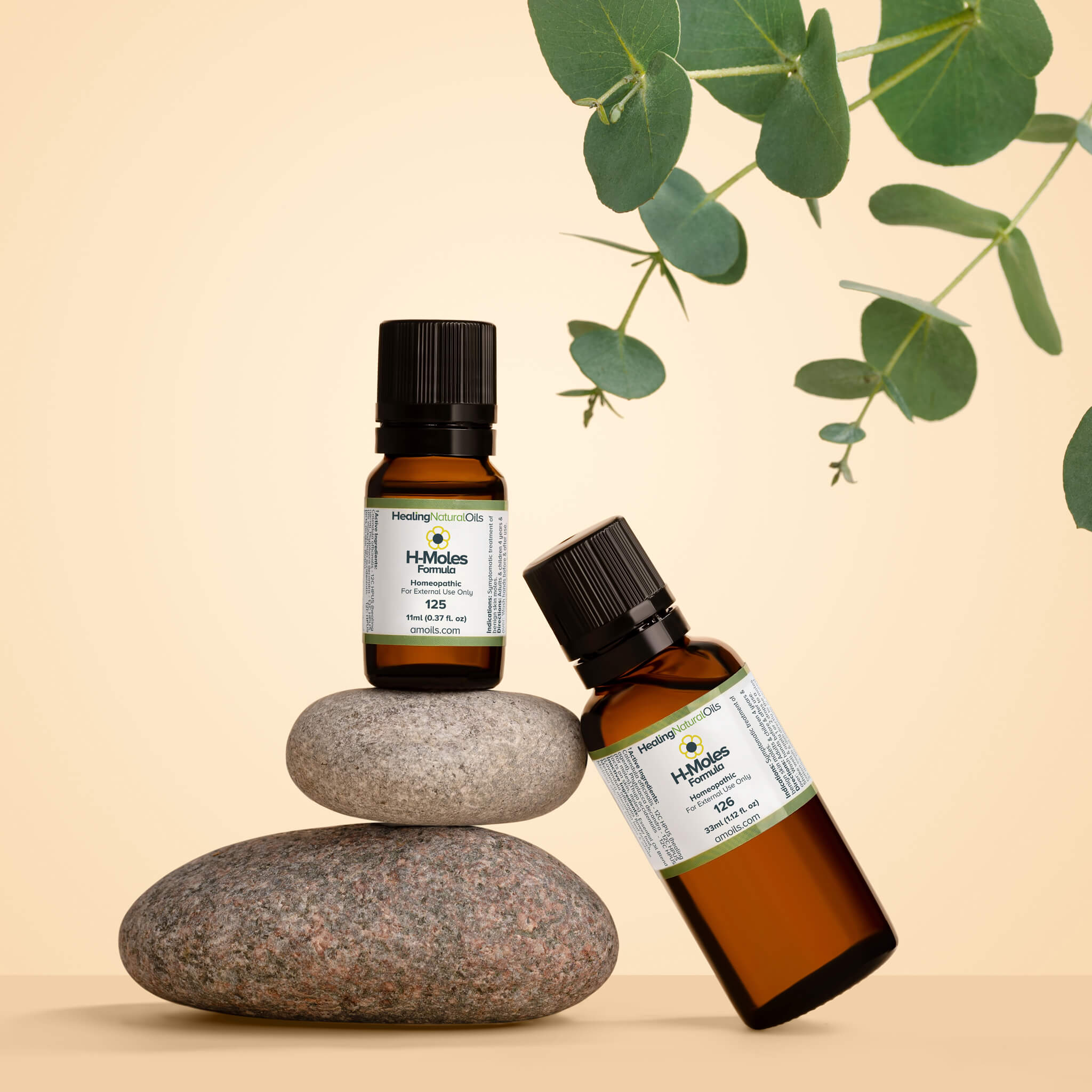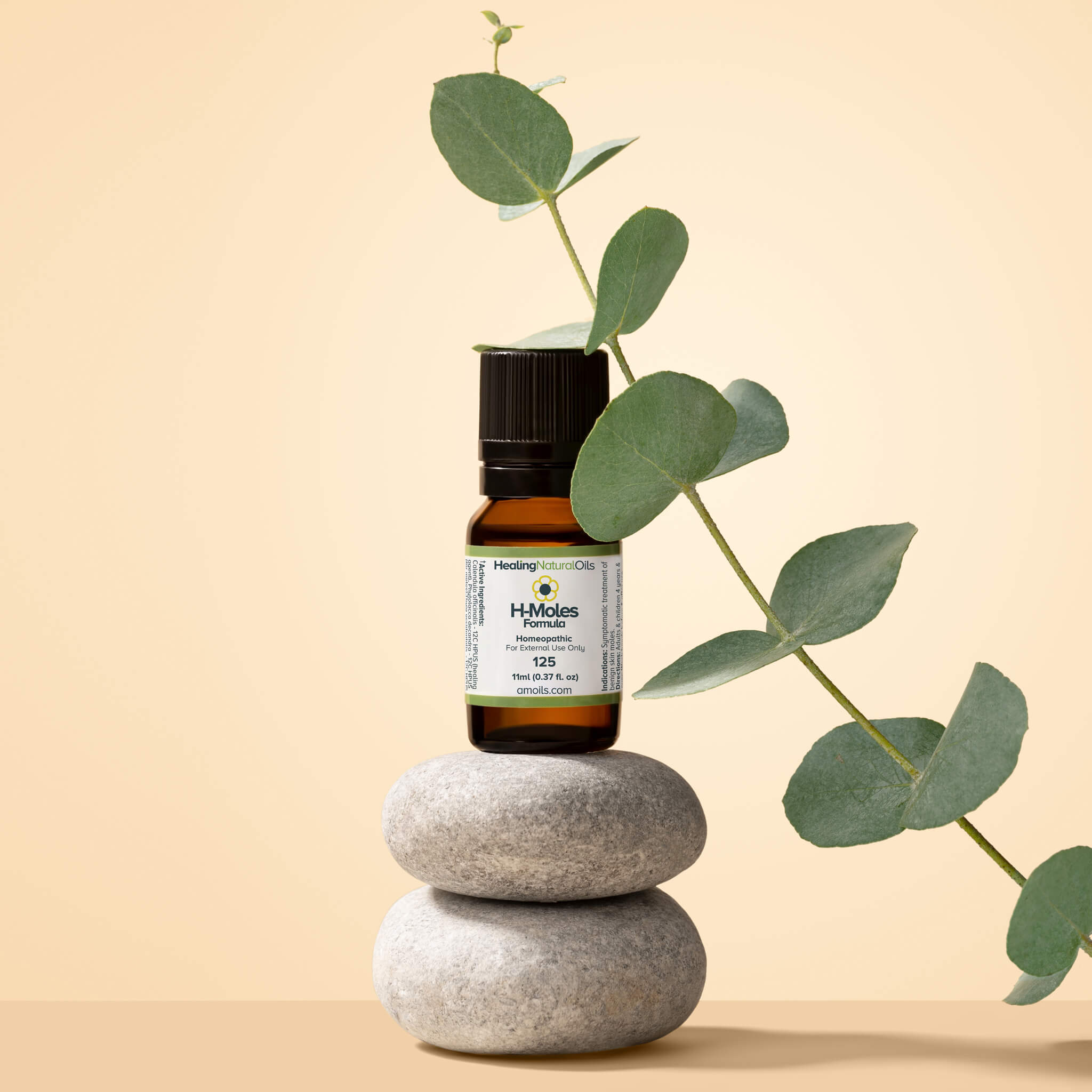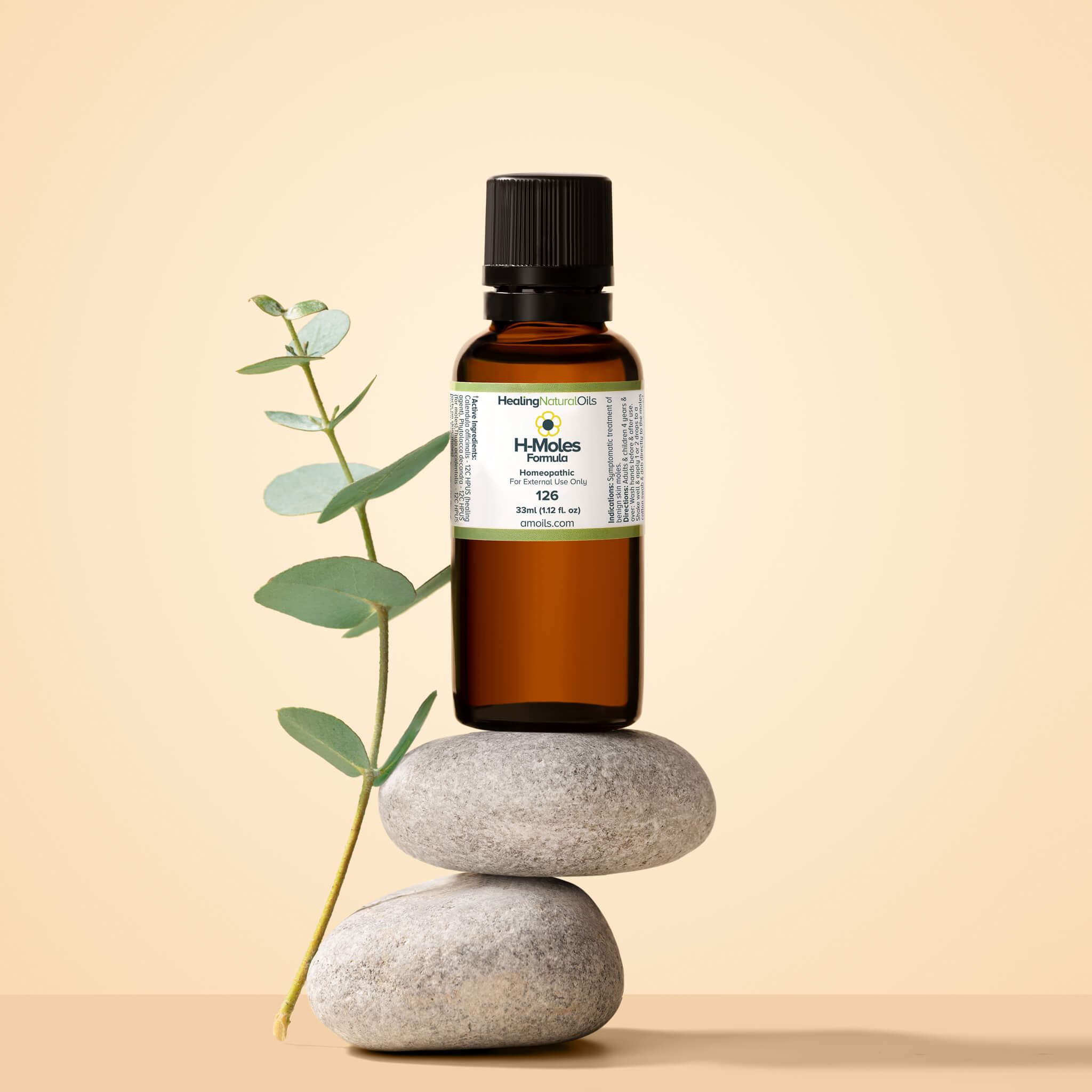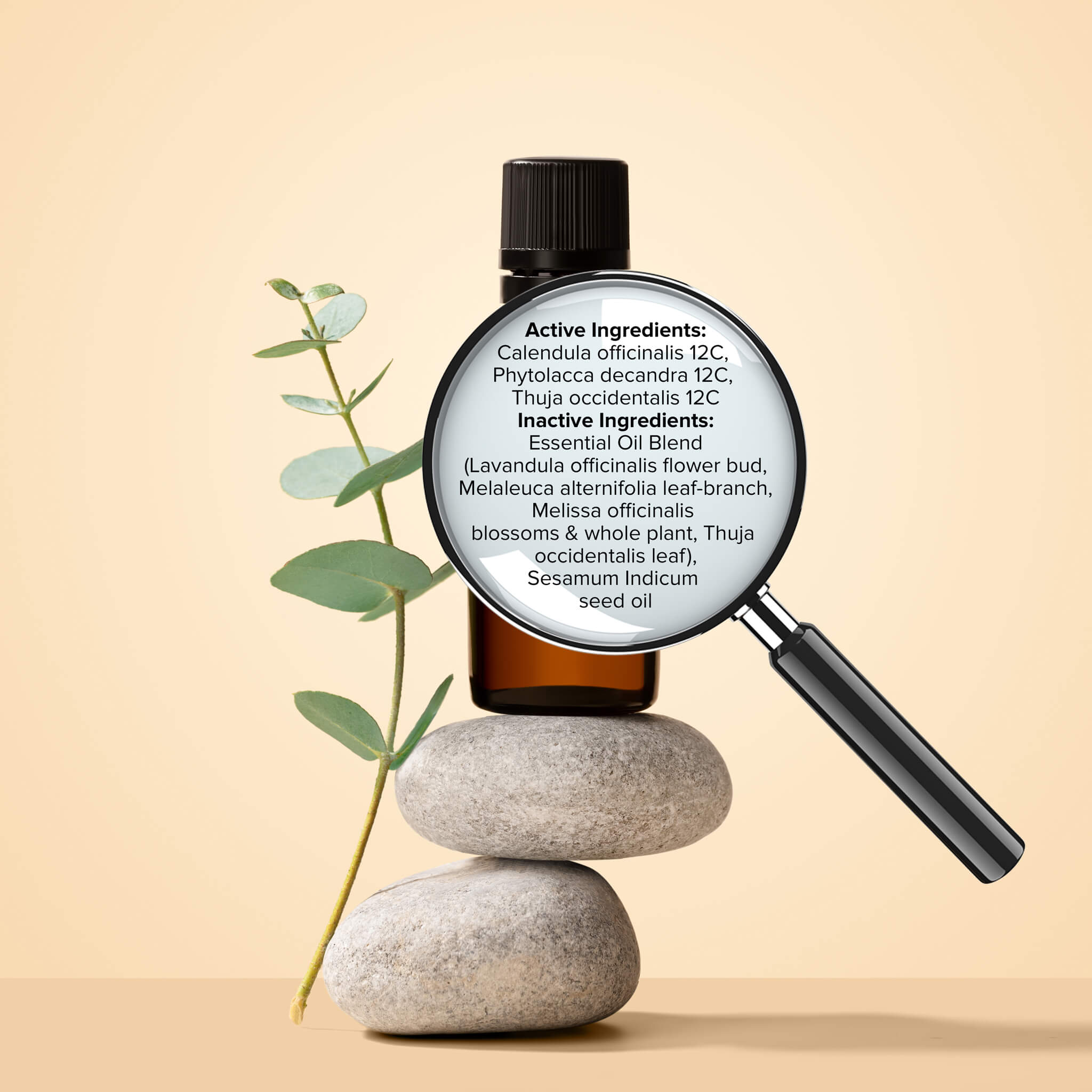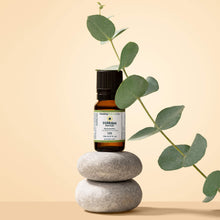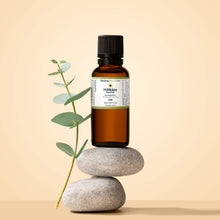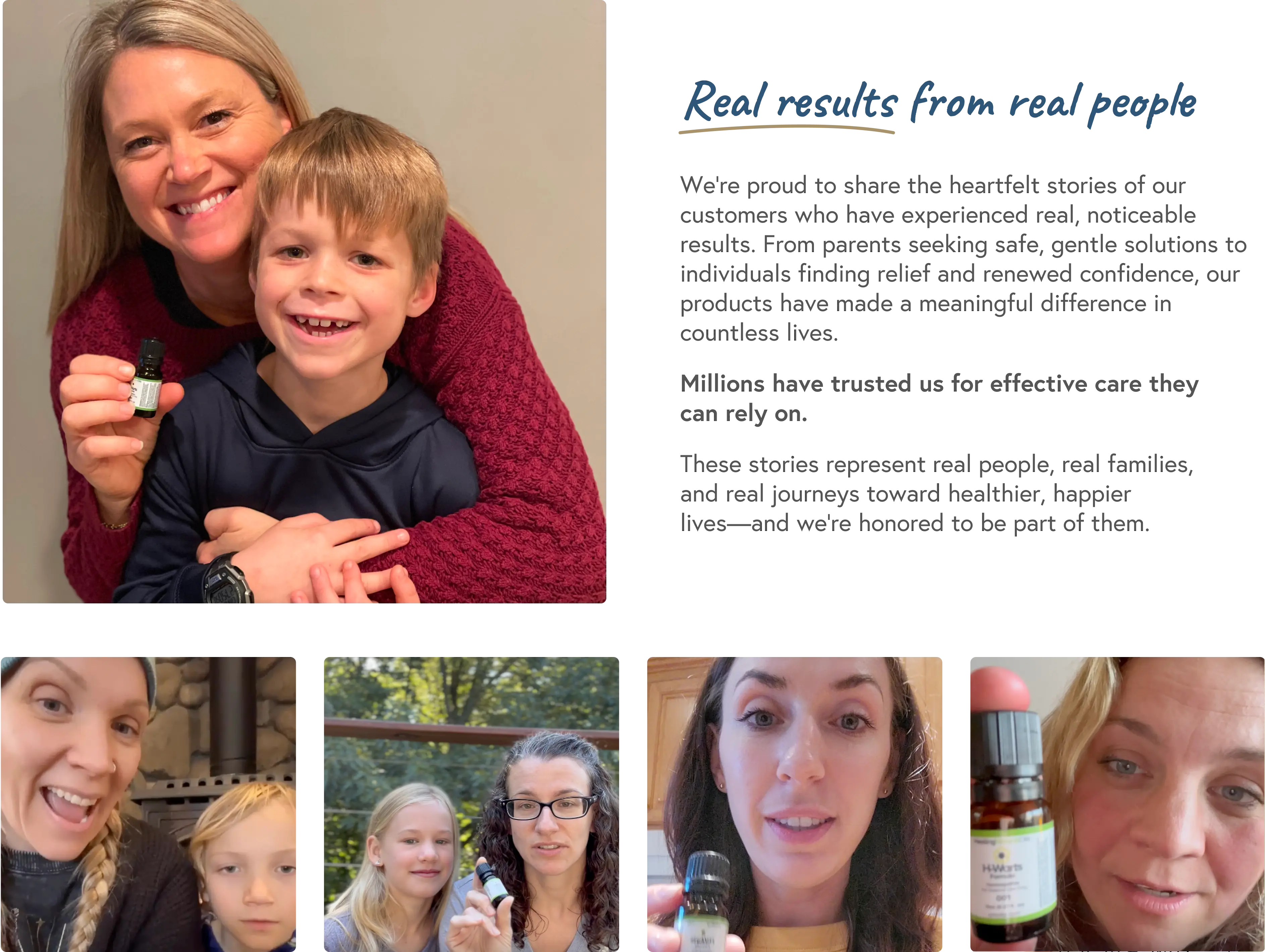Verified Reviews
401 Google Reviews in 12 months


Details
H-Moles Formula – Natural & Gentle
- Under the arms and armpits*
- Facial moles and moles on the neck*
- Moles in sensitive areas*
- On the stomach, torso, legs, and feet*
Use at Home. Non-Invasive and Skin-Friendly
H-Moles Formula is a natural solution to support the appearance of benign moles on the face and body. After your moles have been checked by your doctor, the formula can be used at home with daily applications. With a little patience, H-Moles Formula is designed to work gently and is non-invasive and skin-friendly.*
Purchase With Confidence
- Made in the USA with the finest global ingredients
- 3rd party lab tested and verified
- 100% natural and gentle on the skin
- Over 1,000,000 products sold since 2001
- 90 Day Money Back Guarantee
How Does It Work?
The Original Natural Mole Formula
Using high-quality plant extracts, our gentle topical formula is FDA-listed and made in an FDA-registered facility. H-Moles Formula offers a natural option to support the care of benign skin moles in the comfort of your home.*
How H-Moles Formula Works
Indications: This topical formula contains carefully selected homeopathic ingredients traditionally used to support the skin in cases of benign moles. One of the active ingredients is Thuja occidentalis, known for its skin-directed action.*
How to Apply
Directions: Apply a few drops using a cotton swab or clean fingertip. Our formula is concentrated — a little goes a long way. Use as directed for best results.*
How Long Does It Take?
Results may vary by individual. Some users may begin noticing changes within a few weeks, while others may take longer. Factors such as mole size, location, and skin type can affect timing. Because this product is all natural, it is designed to work gently and without harsh side effects.*
* Results may vary. No guarantee of specific results.
Ingredients
Active Ingredients:
Calendula officinalis 12C, Phytolacca decandra 12C, Thuja occidentalis 12C
Inactive Ingredients:
Essential Oil Blend (Lavandula officinalis flower bud, Melaleuca alternifolia leaf-branch, Melissa officinalis blossoms & whole plant, Thuja occidentalis leaf), Sesamum Indicum seed oil
The homeopathic constituents in H-Moles Formula are manufactured according to the specifications in the Homeopathic Pharmacopoeia of the United States (HPUS) and are monographed for use as homeopathic ingredients. H-Moles Formula is designed for use on benign moles. Have your moles diagnosed and checked by a medical professional before using this product.
**Product Uses are based on Homeopathic Materia Medica. These 'Uses' have not been evaluated by the Food and Drug Administration. This product has not been clinically tested by Healing Natural Oils LLC.**




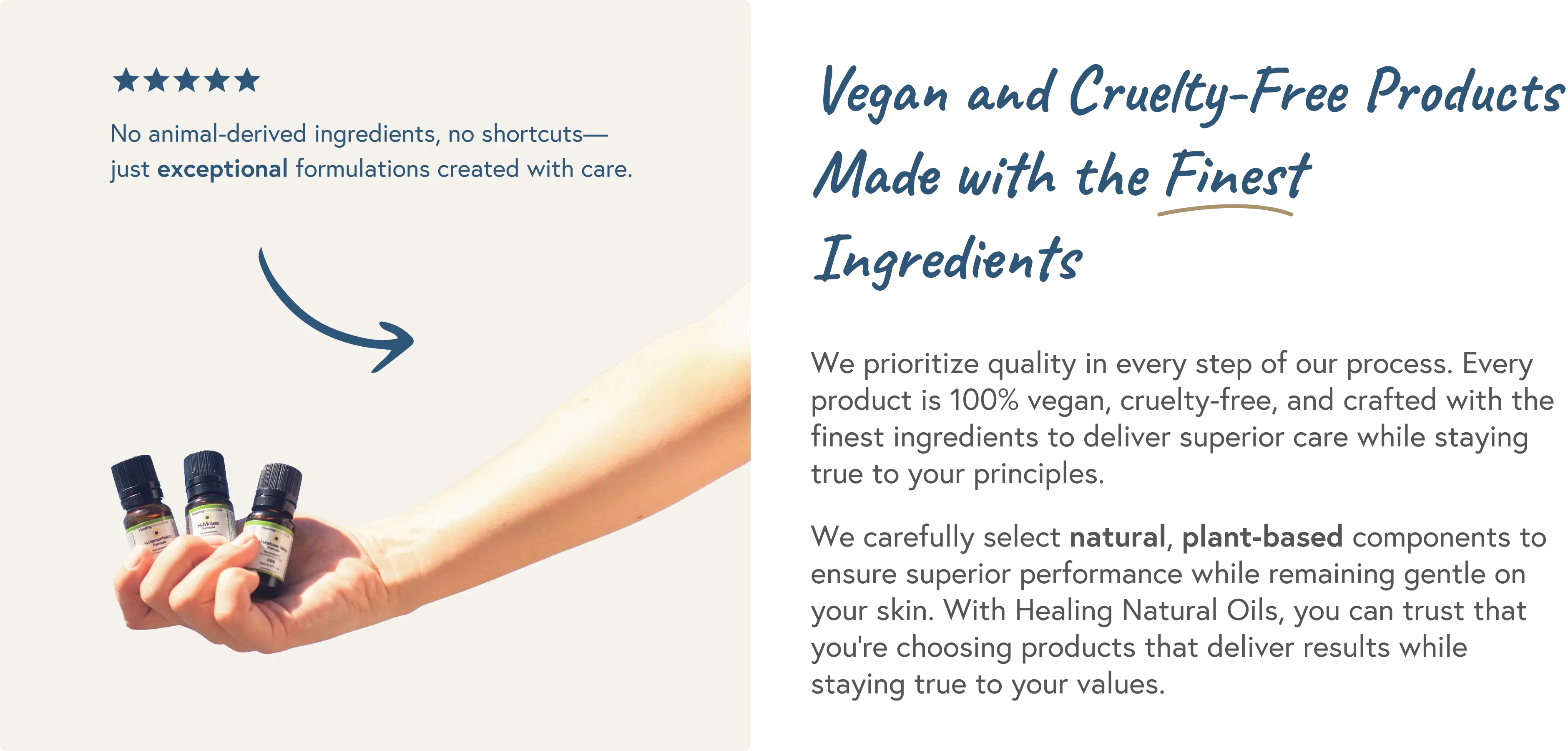

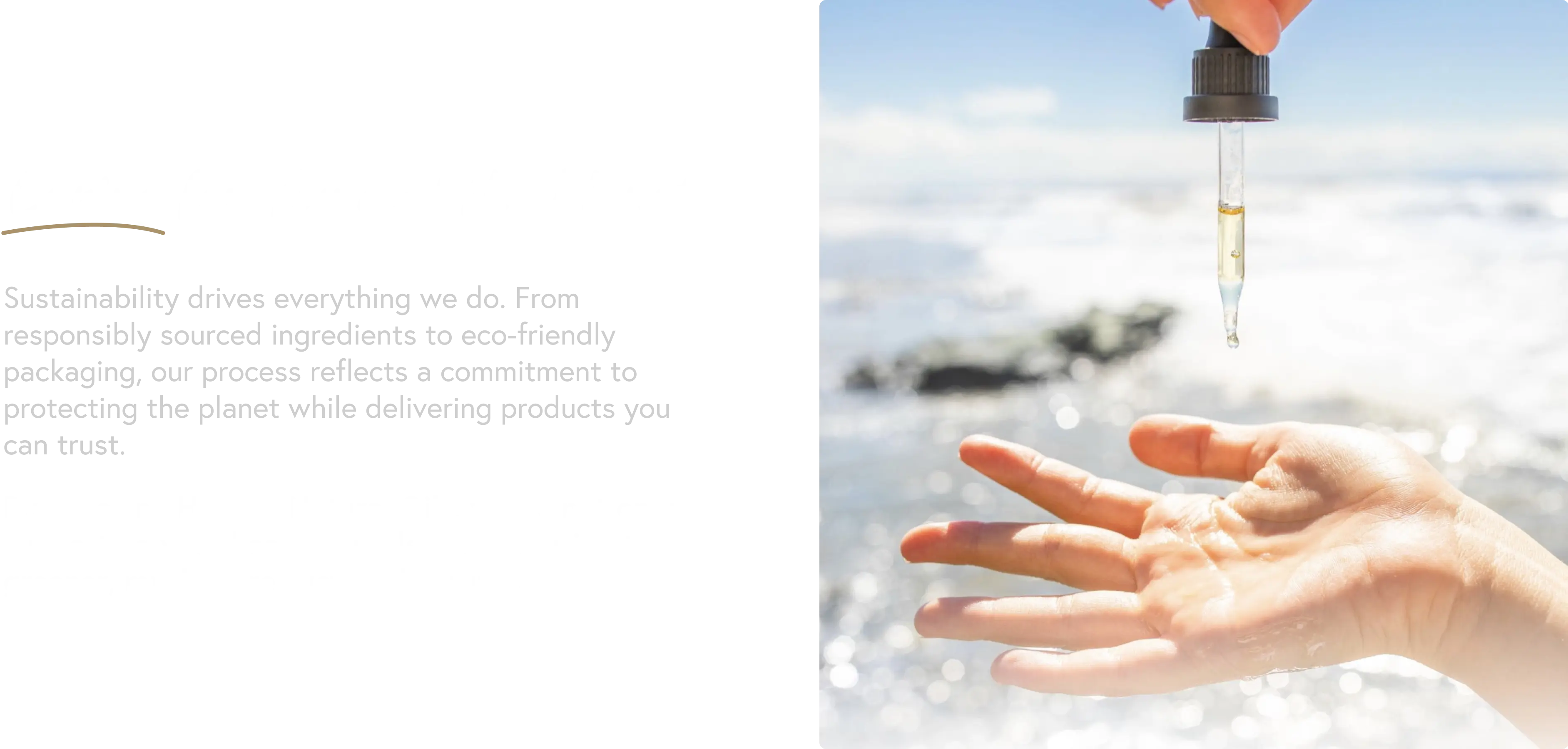
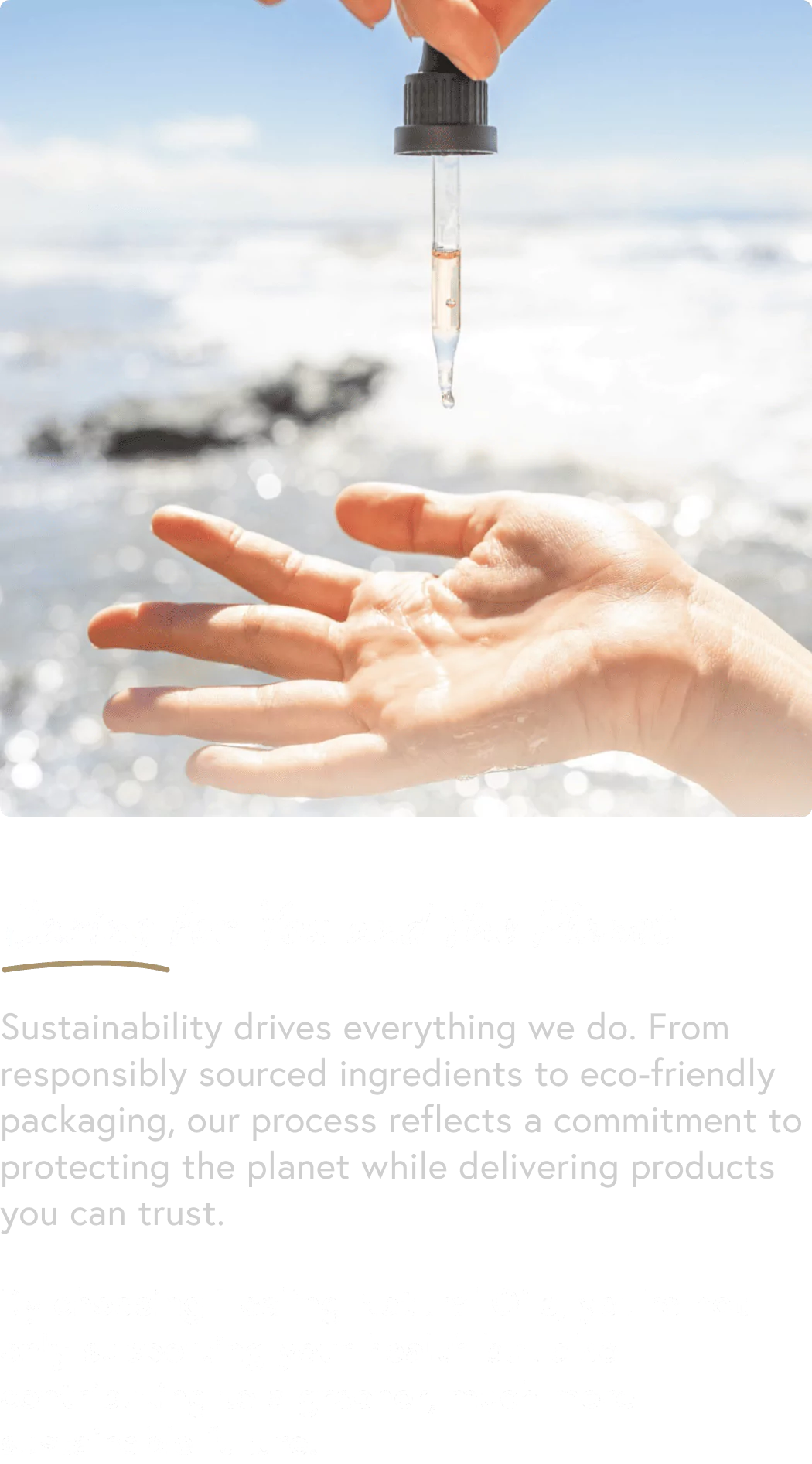
Information
What Are Moles?
A mole is a colored spot on the outer layer of your skin. The medical term for a mole is nevus. These very common skin growths can appear anywhere on your body and are usually brown or black, either on their own or in groups. But what about the cause of moles?
Most moles develop either at birth or during childhood. Skin cells or melanocytes are responsible for providing color to your skin and when they grow together instead of spreading out evenly on the skin, this leads to moles being formed along with their distinctive darker color.
Types of Moles
All moles should be self examined regularly and any suspicious ones should be checked and removed by your doctor or dermatologist. H-Moles Formula is perfect for use on all these types of benign moles:
- Junctional moles - These are usually brown and may be flat or slightly raised
- Compound moles - Slightly raised, tan / brown, pigment-producing cells in skin layers
- Dermal moles - flesh-color to brown, elevated, mostly upper body, may contain hairs
- Sebaceous moles - Produced by over-active oil glands and are yellow and rough-textured
- Blue moles - Slightly raised, color pigment deep within skin, mostly on head, neck & arm
What Do They Look Like?
Moles are typically small, dark skin growths that develop from pigment-producing cells in the skin but they can be raised off the skin and very noticeable or they may contain dark hairs. The special cells that contain the pigment melanin are responsible for the brown color. They can be round, oval, flat, or raised. Most moles are brown, but colors can range from pinkish flesh tones to yellow, dark blue, or black.
Nearly every person has approximately 10 to 40 different types of moles. Some will disappear altogether, while some never lighten at all. Some moles even develop stalks that raise them above the skin's surface but these will eventually drop off.
It is easier to check facial moles for any changes than those elsewhere on the body but a medical professional will give a full evaluation and screening over the entire body including areas that you may not be able to inspect regularly.
FAQ
How do I apply the product?
Place a few drops on a Q-Tip or use your fingers to apply topically directly to the moles.*
How soon will I see results?
The time varies from person to person, it may take anywhere from two weeks to six weeks to treat the symptoms of skin moles.*
Will I need more than one bottle of your formula?
This depends on how many moles you have and the size of the moles. It is important that you do not run out of formula and interrupt the program. There is 11 ml of H-Moles Formula product in one bottle, sufficient for over 120 applications. If you have moles in numerous places on your body, we suggest you get at least two bottles of formula or save 29% with our large size - 33 ml with over 360 applications per bottle.*
What if I have scars from old moles?
Our H-Scars Formula is excellent for any type of scar and can be used in conjunction with H-Moles Formula if you have scars as well as a current mole.*
Please follow the instructions included with your order. This product is applied topically and cannot be ingested. Additionally, those who are pregnant or nursing should not use our product. The product is safe to use on children over the age of 4 with adult supervision.*
Shipping
Shipping & Handling
FREE US STANDARD OVER $49
FREE US 2-3 DAY OVER $99
United States
- USPS First Class: 3–5 Days – $5.95
- Priority Mail: 2–3 Days – $9.95
- FedEx 2-Day: $14.95
- FedEx Overnight: Calculated at checkout
(No FedEx delivery to PO Box or APO)
Canada
- Standard Delivery: $4.95 CAD
United Kingdom
- Standard Delivery: £3.95
Australia
- Standard Delivery: $7.95 AUD
Ireland
- Standard Delivery: €4.95
Rest of the World
- Standard Delivery: 5–14 Days – $13.95 USD
❌ We currently do not ship to:
Afghanistan, Ghana, India, Indonesia, Nigeria, Philippines, Russia, Spain, Tristan da Cunha, Ukraine
🔒 Discreet & Secure Packaging
Your privacy is our priority. All orders ship in plain, unmarked packaging with no mention of the product name.
Privacy
Your Privacy Is Secure
Your privacy is extremely important to us. We never sell, lease or give away your information. Your transaction is completely secure. Only "Healing Natural Oils" will show on your statement. All products are shipped in a plain envelope with no description of what is inside.
Guarantee
Your Guarantee
All products come with an Unconditional 90 Day Money Back Guarantee. If you are unhappy for any reason, simply return the bottles for a full refund of your product purchase. No questions asked!
Your Health
Used by people throughout the world for over a decade, our products are sourced naturally from carefully selected homeopathic remedies and pure essential oils. Because of this, we guarantee no chemicals, drugs or additives are ever added.
You can count on a completely natural product, researched and formulated to be specific to each condition - ensuring optimum synergy to help reduce symptoms, inflammation and improve skin appearance.
-
Ready to Checkout?
-
11ml
Translation missing: en.variant.regular_price- $34.95
11ml
Translation missing: en.variant.product.sale_price- $34.95
Add to Cart- Unit price
- per
-
33ml
Translation missing: en.variant.regular_price- $69.95
33ml
Translation missing: en.variant.product.sale_price- $69.95
Add to Cart- Unit price
- per
Out of Stock -
- Choosing a selection results in a full page refresh.
- Press the space key then arrow keys to make a selection.



